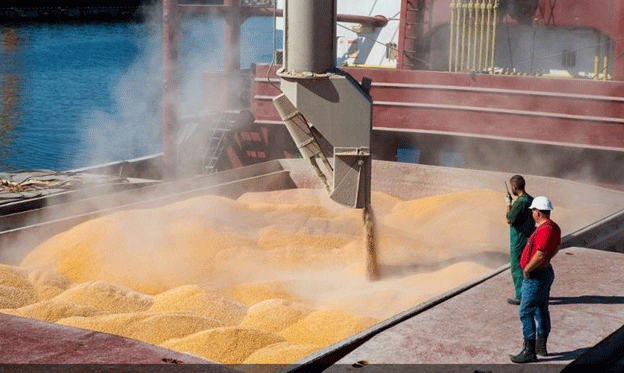Farmers and agricultural professionals around the world are preparing for a potential rise in global wheat prices in 2025, following forecasts of reduced wheat supply from key exporters. According to senior analyst Ekaterina Zakharova from the Center for Pricing Indices (CPI), global wheat prices could see a significant uptick, primarily driven by lower yields in Russia and the European Union. These regions, both major wheat exporters, are expected to experience lower harvest volumes next year, creating tighter supply conditions on the global market.
Key Drivers Behind the Price Increase
Zakharova, speaking at a CPI event, emphasized that a combination of factors is leading to the expected price rise. One of the main contributors is the anticipated decrease in wheat production in Russia and the EU, which have faced challenging weather conditions and other agricultural limitations in recent years. The impact of these lower yields will be felt globally, as these regions together account for a significant portion of the world’s wheat exports.
Beyond supply shortages, Zakharova noted the possibility of unforeseen events—so-called “black swans”—that could further exacerbate the situation. Political instability, trade disruptions, or adverse weather conditions in other parts of the world could worsen the already tightening wheat supply, leading to even higher price spikes.
Importers, especially those from regions heavily reliant on wheat imports like North Africa and Southeast Asia, will face challenges in adjusting to these higher prices. Zakharova warned that how well these countries manage rising costs will play a critical role in shaping the global wheat market next year.
Current Market Dynamics
In 2024, the wheat market saw an overall decline in prices due to an oversupply of grain, with several major exporters contributing large volumes. Russian wheat, for instance, has remained competitively priced. As of September 2024, wheat with 12.5% protein content from Russia was trading at $214-215 per ton under FOB Novorossiysk conditions, a relatively low figure for such high-quality wheat.
In contrast, in 2023, wheat prices had already fallen by $96 per ton compared to 2022, largely due to a glut of supply from key exporting countries. Zakharova pointed out that these lower prices are unlikely to continue into 2025, given the predicted supply shortfall.
Russia’s Role in the Wheat Export Market
Russia remains a dominant force in the global wheat market, with significant exports to key regions. In the 2023/24 agricultural year, Turkey emerged as the top importer of Russian wheat, surpassing Egypt. Turkey not only purchases Russian wheat through direct agreements but also acquires large volumes through tenders organized by the General Authority for Supply Commodities (GASC), Egypt’s state procurement agency. In the previous agricultural year, Egypt purchased approximately 6 million tons of Russian wheat through these tenders and direct contracts.
Other promising markets for Russian wheat include North Africa, the Middle East, and Southeast Asia. Russia’s wheat exports to these regions have grown significantly, with Indonesia and Bangladesh, for example, increasing their wheat imports by 10 and 2.5 times, respectively, compared to the previous agricultural year. These markets are likely to play a critical role in absorbing Russian wheat, even as supply tightens and prices rise globally.
Error





